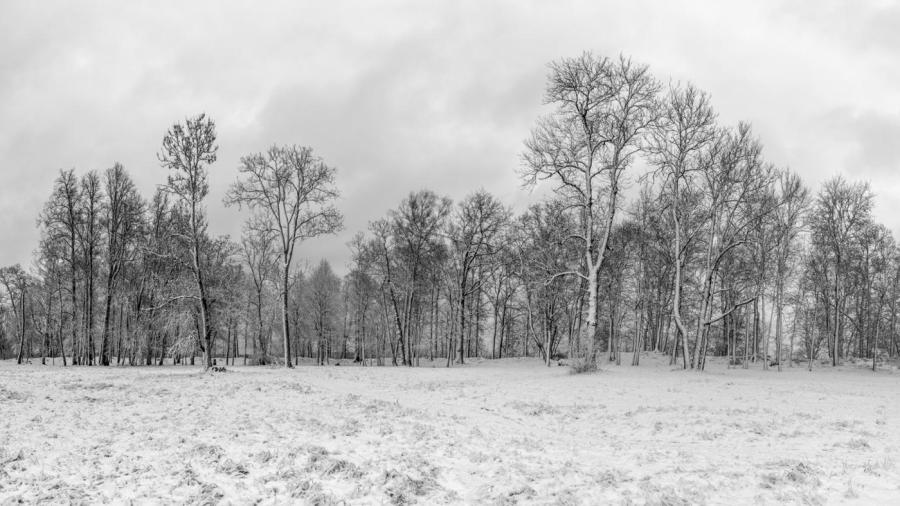How Does Climate Affect the Type of Biome Found in an Area?

Climate affects the temperature, amount of water and amount of sunlight in an area. These factors affect the look of the land, as well as what types of plants and animals can survive in the biome. When the climate changes drastically, it can have seriously negative impacts on the biome.
The temperature and amounts of water and sunlight an area gets make up the basic building blocks of the climate. Somewhere with low rainfall, high temperatures and large amounts of sunlight leads to a dry, arid climate, for example. This in turn creates a desert-like biome. The plants and animals evolve in response to this harsh climate to conserve as much water as possible, and the animals often become nocturnal to deal with the high temperatures.
Alternatively, somewhere with a lot of water, moderate sunlight and moderate to high temperatures creates a tropical biome, filled with lush plant life and many different species of animals. Frigid temperatures with little sunlight, such as in the Arctic and Antarctic regions, evolve fewer animals and organisms because of the climate.
The climate is one of the most important parts of how a biome evolves. Geography also has a huge impact, since it affects the amount of water, type of soil and elevation.





